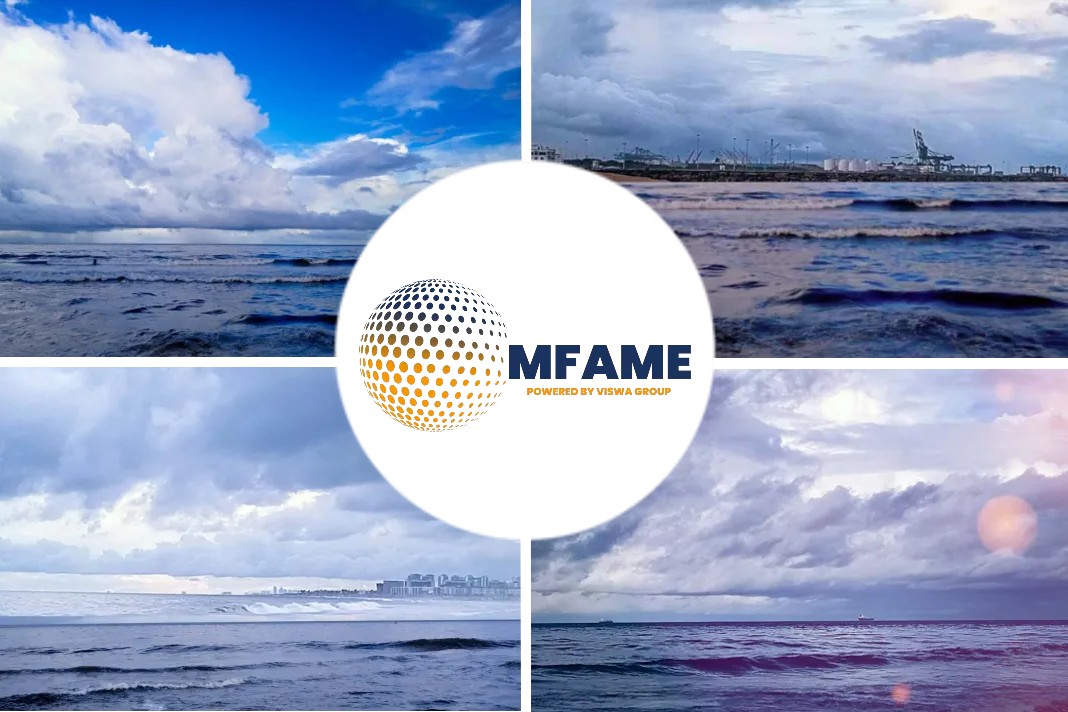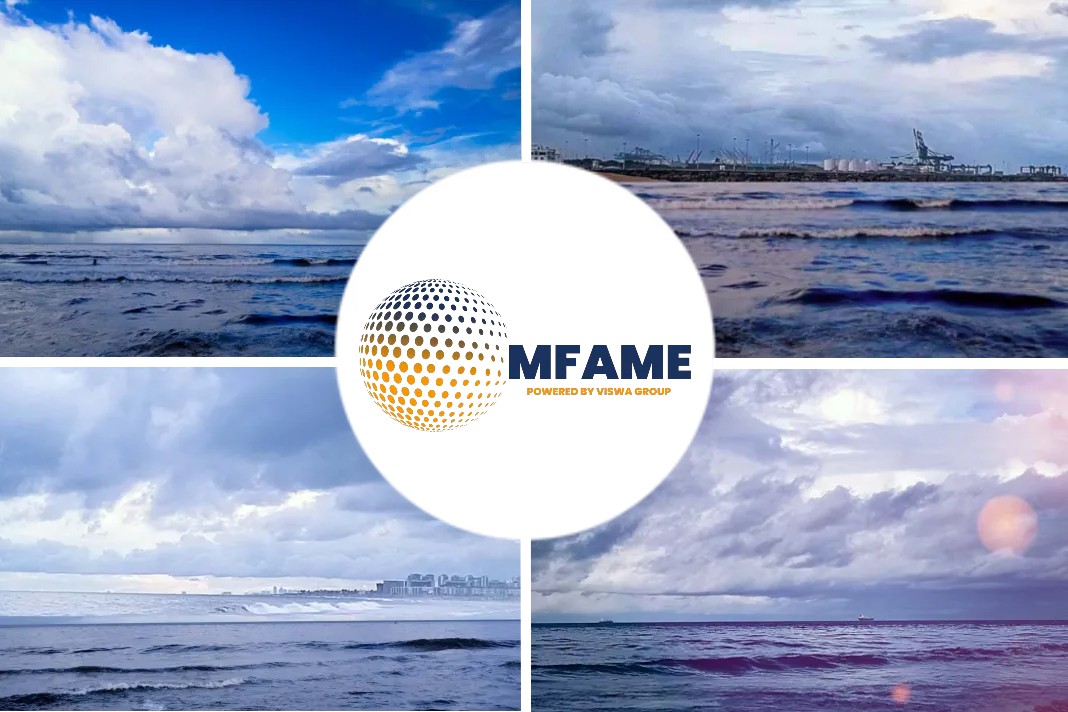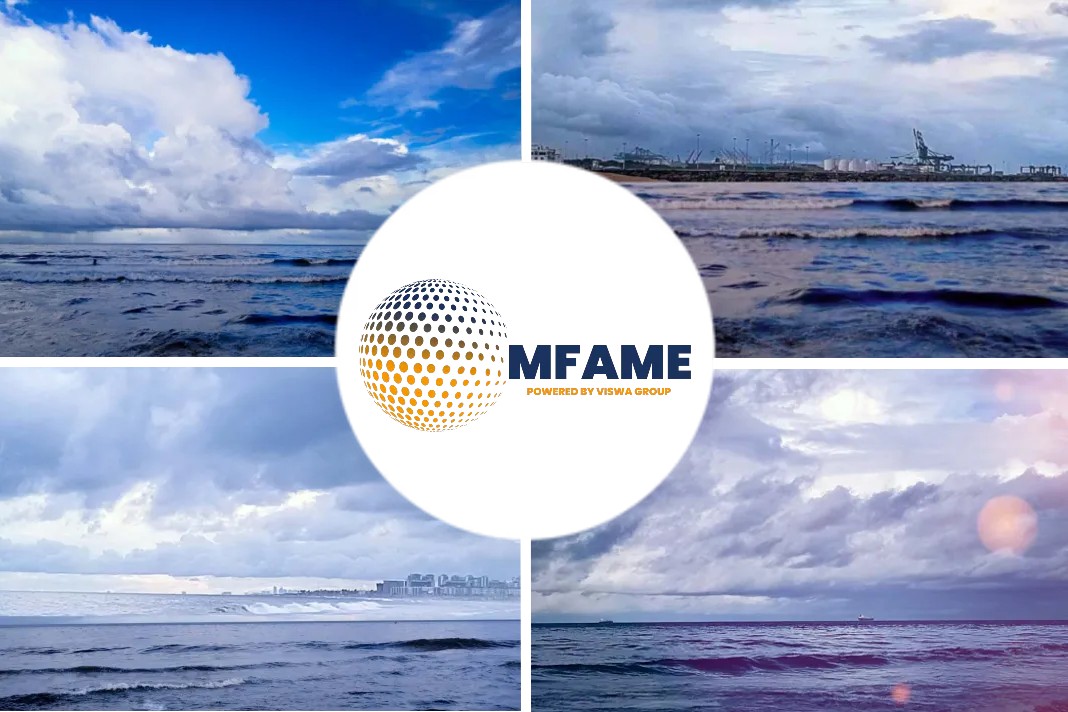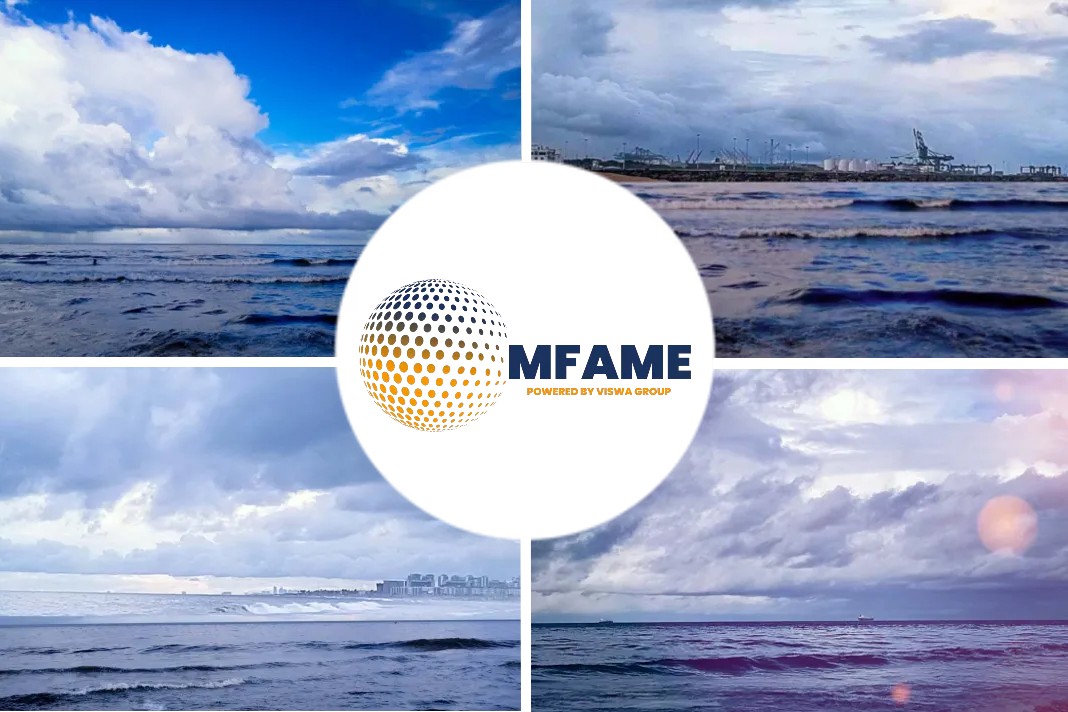- IMO 2020 disruptions, delays in shipyards and restocking Chinese iron ore port inventories to create opportunities in late 2019 and early 2020.
- Star Bulk plans to secure scrubber installations for 93% of the fleet by the end of June 2019 and to bring forward all the 2020 drydocks to 2019.
- Major bunker beds are well prepared to accommodate the anticipated demand for HSFO, LSFO and blended fuels but not the same with smaller ports.
- Star Bulk is ready to take on the IMO 2020 challenges with management’s wise choice of fitting scrubbers early at competitive installation costs.
According to an article published in Seeking Alpha, the equity currency of Star Bulk is greatly undervalued offering a great investment and the company is ready to take part in the money-making dry bulk market.
Positive Impact of scrubbers
The challenges faced by the dry bulk market has led to a plummet in the charter rates. The dry bulk stocks follows a free fall in charter rates. As of today, Star Bulk Carriers Corp (SBLK) is massively undervalued and the stock is trading at c. 50% discount to NAV.
The headlines on China-US trade war, Vale’s iron ore accident, cyclone Veronica in Australia and China’s coal import restrictions have already priced in SBLK’s stock.
The demand for scrubber fitted vessels and IMO 2020 disruptions will have a positive short term impact on the dry bulk trade.
Securing scrubber installations for 93% of the fleet by the end of June 2019 and bringing forward all the 2020 drydocks to 2019 were the steps that the Management took to take advantage of the potentially money-making dry bulk market.
Plummet in charter rates
The major reasons for the setback of dry bulk market are :
- Escalation of the China-US trade war,
- Disruptions in iron ore supply during the first half of 2019 due to the Vale’s iron ore accident and
- China’s coal import restrictions.
These led to a plummet in the charter rates, followed by a fall in the dry bulk stocks.
Congestion due to scrubber retrofit demand
The shipyards will be almost full by June, as the scrubber deliveries have already begun and there is a demand for scrubber retrofit demand.
A heavy workload has put many shipyards reach their threshold, with some shipyards accepting more scrubber retrofits than they can accommodate. The second wave of scrubber retrofits will happen in 2020, when the price spread between low and high sulphur fuel oil is clearly defined.
Stock up of Fuels at major bunkers
Arrangements are being made at major bunker beds to accommodate the anticipated demand for high sulphur fuel oil (for scrubber fitted vessels), low sulphur fuel oil and blended fuels. This is not the case with smaller ports, where shortage of some fuel grades is expected. Those shortages will create delays and increase voyage times for the vessels.
The seaborne transportation of dry bulk is fragmented, in contrast to crude tankers and containerships, which follow relatively fixed routes. Dry bulk vessels board in both first-tier and second-tier ports around the world. The fuel shortages in smaller ports will have a considerable impact on the dry bulk vessels.
Restocking of port inventories
Vale’s iron ore mine accident and cyclone Veronica in Australia have resulted in a drop in the Chinese iron port inventories. A BTIG report says that the Chinese iron ore port inventories have declined for 6 consecutive weeks, as of May 20, 2019.
Restocking becomes necessary when there is a decline in iron ore port inventories. Also, inflationary pressures related to IMO 2020 may stimulate early restocking across all dry bulk cargoes during the second half of 2019, which will boost the demand.
Young scrubber fitted fleet
Star Bulk will have a fleet of 109 vessels (12.45 deadweight tons) covering all segments of dry bulk trade. On May 27, 2019, the vessel acquisition from Delphin Shipping LLC (Delphin), that will add 11 vessels to the company’s fleet was announced. As a result, SBLK’s fleet will total to 120 vessels (13.10 deadweight tons approximately) with an average age of 7.8 years.
Star Bulk is ready to take on the IMO 2020 challenges and take advantage of the disruptions that will inevitably happen in the dry bulk trade. Management’s choice of fitting scrubbers early enables the company to secure berth space in major shipyards and competitive installation costs.
Zero drydocks and Zero scrubber installation in 2020
The Company will have a fleet of 100 vessels fitted with scrubber towers before the implementation date of IMO 2020. A number of 101 or 93% of the fleet will be scrubber fitted by the end of June 2019. Also, SBLK aims to have zero drydocks and zero scrubber installations in 2020.
The company will have a fleet ready to trade undisrupted for the whole year in 2020. This will put Star Bulk to exploit the potential money-making dry bulk market in the late 2019 and 2020.
Strong Balance Sheet
The company has cash equivalents of $155.3m with no material capital commitments, as of March 2019. Specifically, the ‘Scrubber Program’ totalling to $100m has already been financed. Management secured debt financing of approximately $135m or 70% of the total commitments.
More recently, the company is in the process of building two new vessels (Katie K was delivered on April 16, 2019). The capital expenditures for the remaining 2 vessels have already been financed from CSSC (Hong Kong) Shipping Company Limited with a 10-year capital lease.
Acquisition of vessels from Delphi
Star Bulk announced the acquisition of 11 operating dry bulk vessels for $139.5m from Delphi, on May 27, 2019. The transaction will be financed with $80m in cash and 4.5 million of common shares. The equity portion of the purchase price will be sourced from the proceeds of a new seven-year capital lease of up to $93.6m with China Merchants Bank Leasing.
Equity Currency Massively Undervalued
The investment thesis is “Buy Low” for the following reasons:
- Currently, SBLK’s equity currency trades at approximately 51% discount to Net Asset Value (NYSE:NAV)
- The active repurchase program in place and the recent vessel acquisition transaction financed with common shares suggest that SBLK’s equity currency has great upside potential
Net Asset Value
The valuation suggests that there is a clear disconnect between the asset prices and the share price. SBLK’s equity currency trades at a 51% discount to NAV.
A sensitivity analysis of NAV per share shows a discount range from 23% to 51%.
Other Non-Quantitative Signs
During 2019, Star Bulk repurchased 1.5m of common shares at an average price of $7.45. This shows that the management considers the current share price undervalued. The fact that Delphi accepted SBLK’s common shares as part of the consideration signals that SBLK’s equity currency shows an upside potential.
The acquisition of 11 vessels shows that management is sure about the potential for upside in asset prices.
Peers Comparison
The peer comparison suggests that the discounted prices for SBLK are not an exception. The table below presents a comparison between Star Bulk and its immediate competitors (Genco Shipping & Trading Limited (GNK), Golden Ocean Group Limited (GOGL), Scorpio Bulkers Inc. (SALT), Dianna Shipping Inc. (DSX)) for several key metrics. However, SBLK’s management have already taken all the necessary actions to take advantage of the potential money-making dry bulk market in the second half of 2019 and early 2020.
The next chart shows SBLK’s share performance against the peers’ average. During 2019, it is obvious that SBLK’s stock price was hit from the weak dry bulk market more than its peers.
Management’s decision
All negative headlines have already been priced in SBLK’s current market valuation. Therefore, the share trades at a considerable discount to NAV.
Management’s strategic decisions are :
- To secure scrubber installations for 93% of the fleet by the end of June 2019 and
- To bring forward all the 2020 drydocks to 2019
These decisions are aimed at taking full advantage of the potentially money-making dry bulk market during the second half of 2019 and early 2020.
Did you subscribe to our daily newsletter?
It’s Free! Click here to Subscribe!
Source: SeekingAlpha


















![[Watch] 22 Crew Rescued From Ship After Fire On Board](https://mfame.guru/wp-content/uploads/2022/02/Ship-fire-696x385.jpg)

